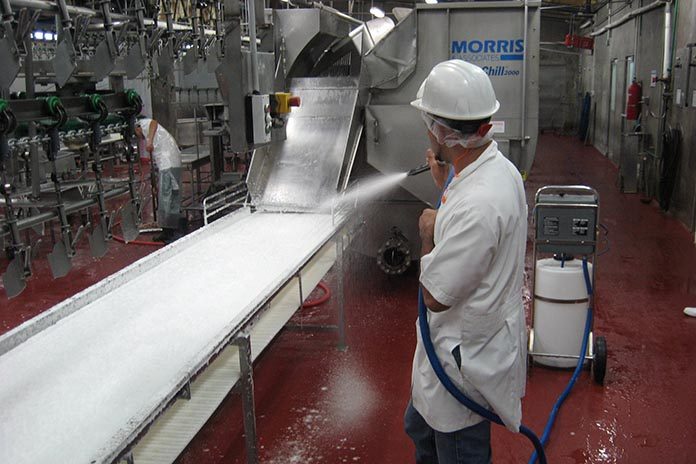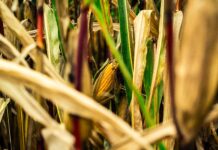
USPOULTRY and the USPOULTRY Foundation announce the completion of a funded research project at the Georgia Institute of Technology in Atlanta, Georgia, in which researchers assessed peracetic acid (PAA) in poultry processing wastewater treatment systems.
The research was made possible in part by an endowing Foundation gift from Cargill and is part of the Association’s comprehensive research program encompassing all phases of poultry and egg production and processing. Dr Spyros G. Pavlostathis and colleagues at the Georgia Institute of Technology looked at fate and effect of PAA in poultry processing wastewater treatment systems. Food safety and sanitation is of paramount importance to the poultry processing industry. Sanitizers, both inorganic (e.g., chlorine-based products) and organic (e.g., quaternary ammonium compounds), have been widely and effectively used by the poultry processing industry to control food-borne agents. Recently, peracetic acid (PAA) has been an effective antimicrobial agent in the poultry industry, used predominantly in chillers, while its use has recently been expanded to other unit processes.
Poultry processing personnel refer to upsets of biological wastewater treatment processes and whole effluent toxicity (WET) test failures potentially caused by an excessive use of PAA, thus making it hard to meet effluent discharge requirements. Despite the potential negative impacts on effluent quality and the rapidly increasing use of PAA in poultry processing plants, no detailed information has been available relative to the fate and effect of PAA in poultry processing wastewater treatment systems.
The overall goal of this research project was to systematically assess the fate of PAA solutions in poultry processing waste streams, their effect on biological treatment processes typically used by the poultry processing industry and develop an effective methodology to mitigate any negative effects.
Key findings of the project showed that PAA was detected in chiller drain samples at potentially impactful levels; PAA carryover to poultry processing effluent occurs, especially at the end of the processing shift during the emptying of chillers; very high initial PAA demand was observed of chiller drain, poultry processing wastewater samples; and PAA decomposition in poultry waste streams was primarily affected by pH, and secondarily by wastewater strength, wastewater protein content, and initial PAA concentration.
This study documented PAA carryover into various poultry processing waste streams, its decomposition in such streams, as well as its short-term effect on the treatment efficiency of biological aerobic, nitrifying, denitrifying and anaerobic degradation processes. Such information enhances our understanding relative to the fate and effect of PAA solutions in poultry processing wastewater treatment systems, information crucial for the rational design and operation of biological treatment processes, especially those related to biological nutrient removal.
















